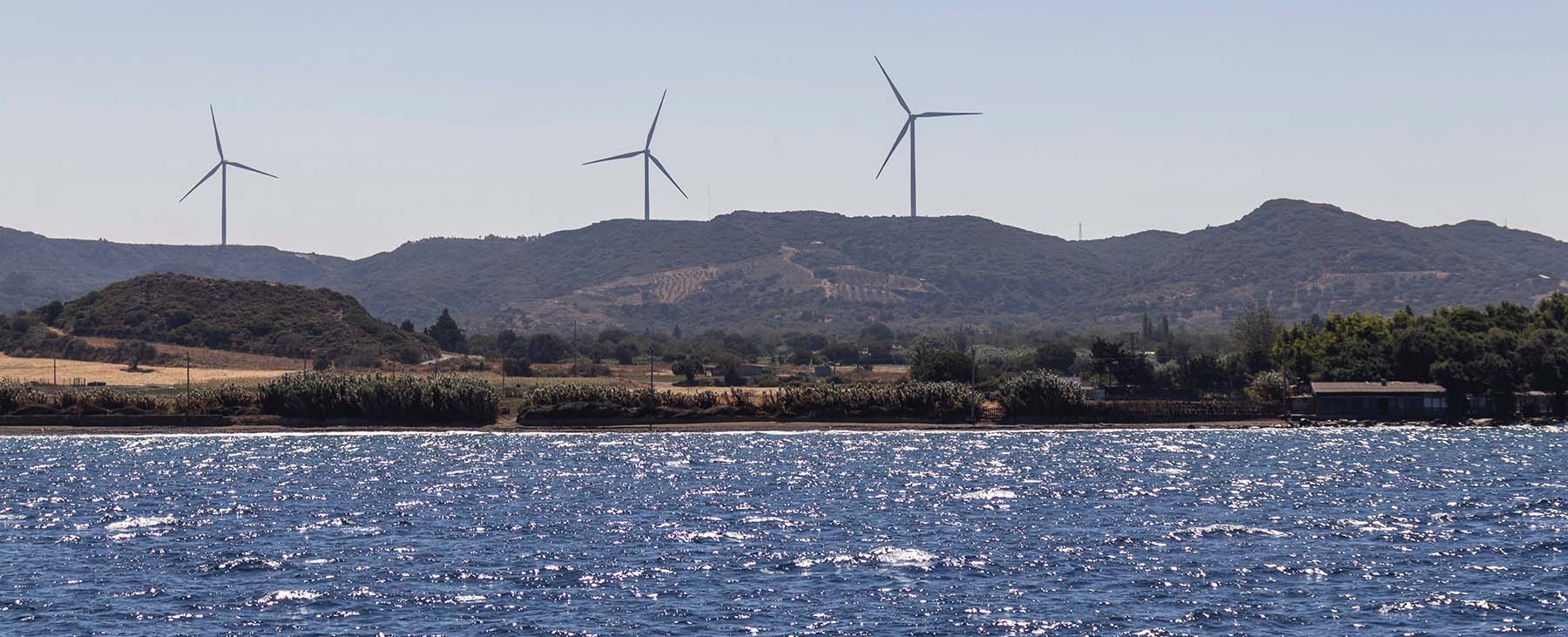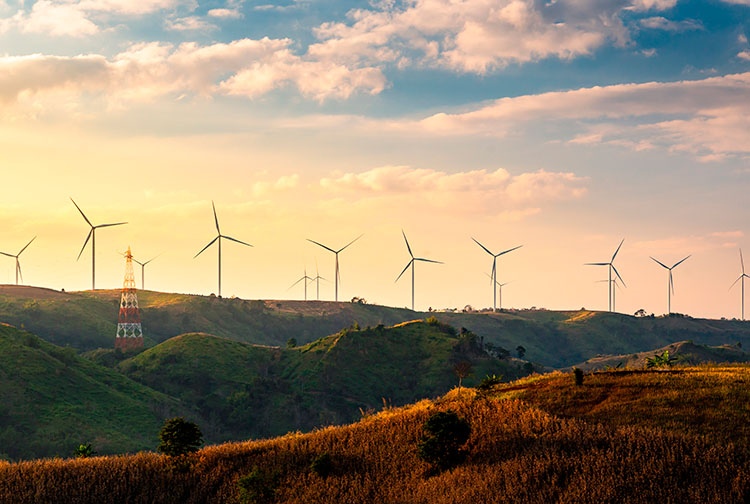

Ten keys to achieving climate balance
Is it possible to stop global warming? For nearly a decade, Project Drawdown has insisted that this is not a utopia if the right measures are taken to stop the build-up of greenhouse gases in the atmosphere.
With greenhouse gas emissions reaching record highs in the past decade, the pace of global warming has intensified. Temperatures are rising at a rate of almost 0.2 °C per decade. Worse still, it could rise by a further 1.5 °C between 2030 and 2052, according to a UN report.
In this context, the publication in 2017 of the book ‘Drawdown’ generated a huge media echo. With nearly a hundred proposals, it was the most comprehensive plan to reverse global warming to date. The title referred to that desired future moment when the levels of greenhouse gas in the atmosphere stop rising and begin a gradual decline that avoids catastrophic consequences.
The book’s editorial team continued to advance their proposals to reach that “crucial point for life on Earth; a point we must reach as quickly, safely and equitably as possible”, as detailed on their website. In 2020, they published “The Drawdown Report”, which updates their proposals and sets out a series of fundamental reflections on climate balance.
A reference report
Its solutions place particular emphasis on the areas of energy, industry, food, transport and construction, which account for 90% of greenhouse gas emissions. The proposals, which are intended to serve as a starting point for legislators, institutions and individuals, are based on ten key ideas that should guide humanity’s efforts to avert environmental disaster.
- It is possible to reach the drawdown point by mid-century. Yes, despite the difficulties, it is possible to halt emissions’ growth, but this requires maximising the climate solutions available today. As the report warns, “available is better than new, and society is ready to start such a transformation today”.
- A comprehensive system of solutions is needed. There is no single, miracle cure for a problem as complex as the climate crisis. Many of the solutions can be combined and made to feedback on each other for the most significant possible impact. For example, efficient buildings make renewable electricity generation more viable.
- Solutions rarely have only one climate impact. Many of them can generate employment, improve resilience to climate impacts such as storms and droughts, and provide other environmental benefits such as the preservation of water resources.
- The savings from climate solutions significantly outweigh the costs. Arguments about the lack of economic viability of climate action are false. The report estimates that net operational savings are four to five times the net implementation costs. And if we take into account the financial value of the associated benefits, such as savings in health services through reduced pollution, and avoided climate damage, such as reduced agricultural losses, the economic case is even stronger.
- It is essential to promote solutions that reduce or replace the use of fossil fuels. The use of fossil fuels for electricity, transport and heating generates two-thirds of the world’s heat-trapping gas emissions. Hence, the importance of this section. Approximately 30% of the solutions proposed in the report calls for a reduction in the use of fossil fuels through increased efficiency, and almost another 30% propose alternatives. These measures, which range from boosting solar and wind energy to retrofitting buildings, can provide almost two-thirds of the emission reductions needed to reach the drawdown point.
- Nature’s carbon sinks must be encouraged. If we want to prevent the water in a bathtub from overflowing, we can turn off the tap, but we can also remove the stopper so that the liquid goes down the drain. A similar thing happens with carbon in nature. Human activities can enhance natural carbon sinks, and many ecosystem-based or agriculture-related climate solutions have the dual benefit of reducing emissions and sequestering carbon.
- More attention should be paid to some of the most impactful climate solutions. The report warns that beyond onshore wind turbines and industrial-scale photovoltaic plants, progress is needed in areas such as reducing food waste and improving the disposal of chemical refrigerants, which are potent greenhouse gases.
- Accelerators are needed to drive solutions at the scale, speed and scope required. Some accelerators, such as policy change and capital displacement, are closer to home and have more direct impacts. Others, such as cultural change and political empowerment, are more distant and indirect in their effects.
- Changes must be made at all levels, from the individual to the global. The climate crisis requires systemic and structural changes in our society. Interventions are needed at the individual, community, organisational, regional, national and global levels to maximise benefits and achieve transformation.
- Much commitment, collaboration and ingenuity will be needed to reverse the current situation. The report warns that “the path we are on is far more than risky, and it is easy to feel paralysed by that danger”. However, it also stresses that change is possible: “together we can build a bridge from where we are now to the world we want” for generations to come.
If you want to wash your clothes without polluting the planet, 11Onze Recommends Natulim.
Leave a Reply
You must be logged in to post a comment.





👍
Gràcies, Manel!!!
Gràcies!
Moltes gràcies a tu, Joan!!!
Enhorabona per l’article! M’ha agradat molt!
Moltes gràcies a tu, Joan, per ser-hi i per seguir-nos!!!
Encara estem a temps!!!Som-hi!
Sí, Jordi, fem-ho possible!